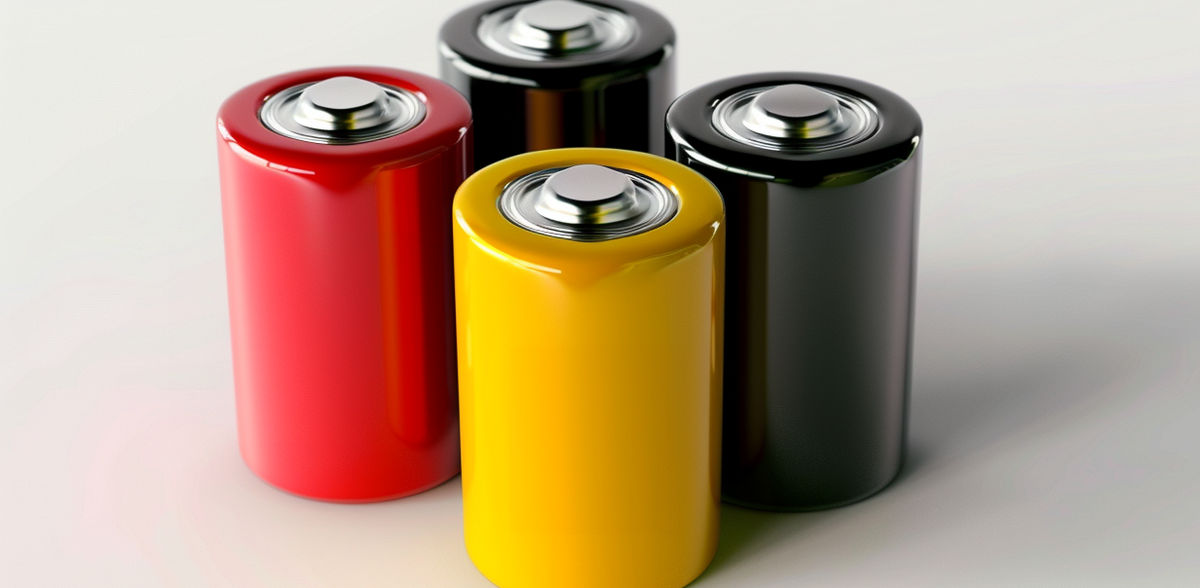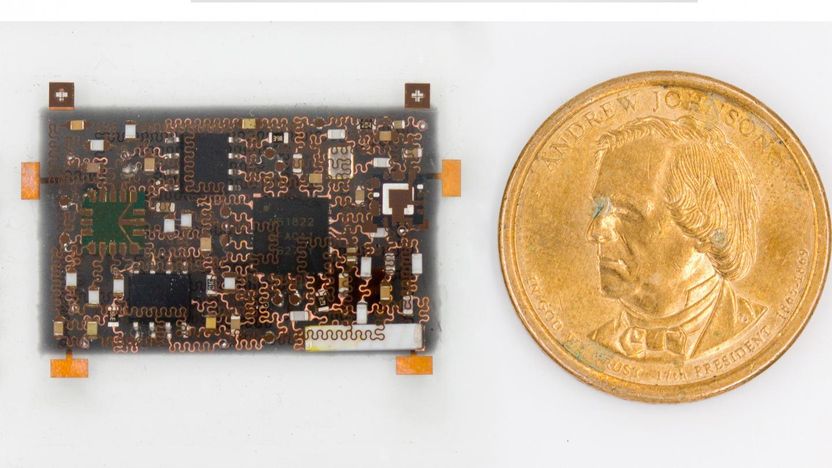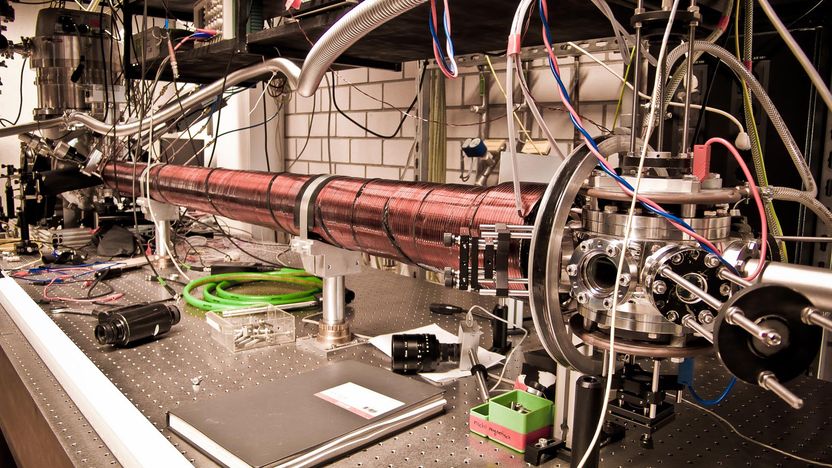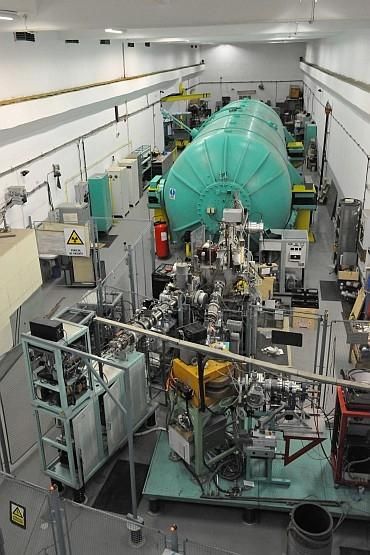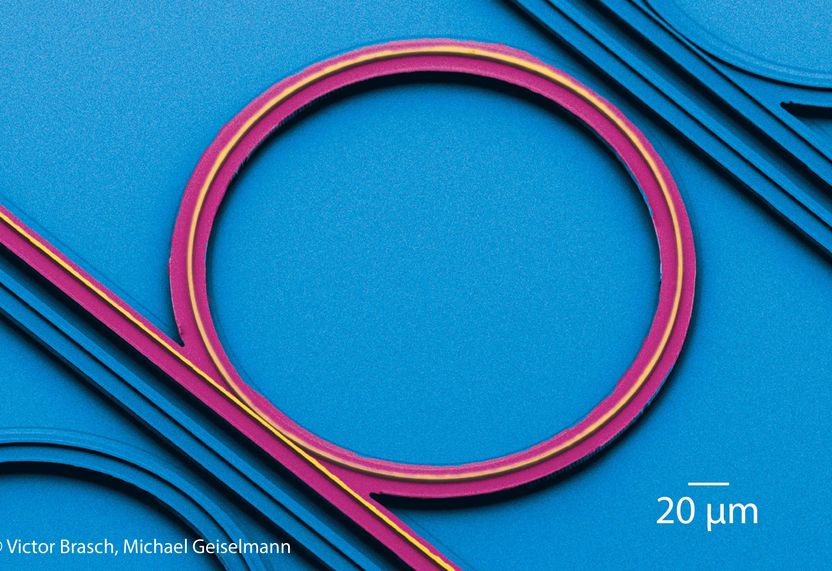Researchers overview recent progress and challenges in silicon-based anode materials for lithium-ion batteries
Research in recent years displays that several chemical modifications (binders, composite materials, and electrolytes) provide superior stability and enhance electrochemical performance in Si-based anodes in lithium-ion batteries (LIBs). Thus far, several different chemical interactions on structural alterations to Si-based anode materials have been tried to enhance Li+ kinetics, structural stability, and volume development control throughout the delithiation/lithiation process.

The importance of silicon-based anodes in lithium-ion batteries, emphasizing their improved performance through modifications involving binders, coatings, composites, and electrolytes.
Li Wang, Jianping Yang, Donghua University, Shanghai, China
Despite significant advancements, Si and Si-based electrodes are still in their infancy and are still far from finding widespread practical use. Si-based anodes face some difficulties, including substantial volume increase, lower ICE, and limited areal capacity. Approaches including material engineering, surface/interface engineering, and binder/electrolyte optimization can be used to address these drawbacks. A team of researchers summarized the considerable progress of silicon-based anode materials for lithium-ion batteries. Their work is published in Industrial Chemistry & Materials on 28 Dec., 2023.
“The development of low-cost and facile manufacturing of silicon-based anode materials for lithium-ion batteries is crucial for the problem of significant volume expansion and its lower electrical conductivity, inconsistent kinetics reaction, and relatively low ICE,” said Jianping Yang, a Professor at Donghua University, China. “In this review, we systematically discussed the recent development of silicon-based anode materials according to vital concerns and challenges regarding the effectiveness of current strategies, the tremendous electrochemical resultant brought on using binders, composites, and liquid electrolytes with remarkable expected outcomes are presented as solutions. We also provided Si-based materials prospects on LIBs for the future commercialization potential of Si-based anodes alongside its major concerns.”
“In the case of binders, the impact of binder on Si-based anode material is insignificant. For developing a new type of binder, it is expected to broaden half-cell to the full cell of LIBs to disclose the impact properly. As the full cell LIBs have less excess Li-ion, which could be a new prospect to enrich the performance LIBs. Then the synthesis process of current binders is complicated which deprives its commercial and further improvement. Additionally, the performance of both ICE and reversible capacity should be high for the newly developed binder concerning traditional binders. Moreover, the new binder should be adaptable with not only a Si-based anode but also graphite-based anode materials as well”.
“Hybrid composites while doping Si with other materials could be a viable option that enhances the conductivity, ensures enough structural integrity, enhances tap density and areal capacity, and last least stabilizes the SEI formation. During hybrid composite preparation morphology, particle dimension, and coating could be considered to achieve the up-to-mark requirement.”
“Si-based anode materials have achieved nonstop advancement in recent years,” explained Li Wang, an associate professor at Donghua University, China. “Electrolytes, in comparison to commonly used liquid electrolytes, showed great promise to enhance the outcomes in Si-based anode. Along with the newly designed liquid electrolytes, solid-state electrolytes should have proper physical and electrochemical properties as well as cost, energy, safety non-combustibility they might be attractive to study in the Si-based anode of LIBs. It is high time to make safety measures concern as per a priority during new findings.,” said Gazi Farhan Ishraque Toki, the first author of this review.
There is still a vast scope for a new Si-based anode materials architecture strategy. Along with experiments, there is some computation software like COMSOL Multiphysics, ANSYS simulation, etc. for theoretical analysis that might be a beneficial addition for effective Si-based anodes in LIBs. With experimental data, we might analyze many optimizations to get the proper configuration of binders, composites, and electrolytes from a variation of its configuration with experimental results.
“In this review, our foremost goal is to deliver readers with apt and precise latest research advancement and materials design strategies in this field,” Jianping Yang said.
Original publication
Other news from the department science
These products might interest you
Most read news
More news from our other portals
See the theme worlds for related content
Topic World Battery Technology
The topic world Battery Technology combines relevant knowledge in a unique way. Here you will find everything about suppliers and their products, webinars, white papers, catalogs and brochures.

Topic World Battery Technology
The topic world Battery Technology combines relevant knowledge in a unique way. Here you will find everything about suppliers and their products, webinars, white papers, catalogs and brochures.
